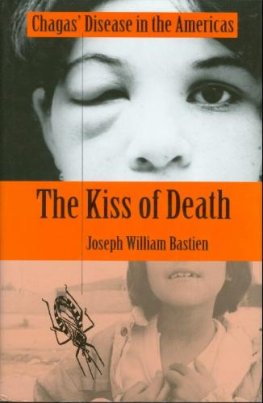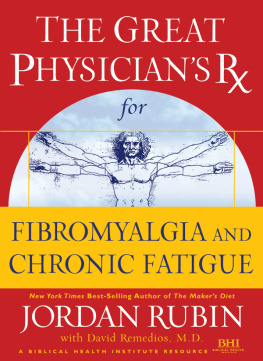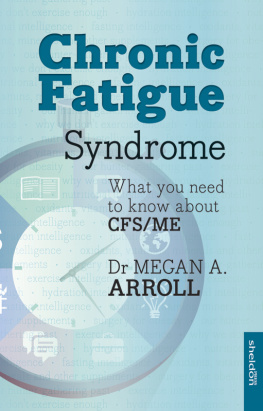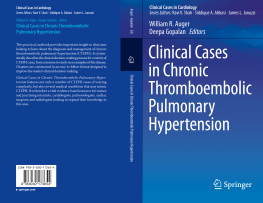Joseph William Bastien
THE KISS OF DEATH
Chagas Disease in the Americas
For my father
WILLIAM JOSEPH BASTIEN
1887-1964
who spent the twilight of his life crippled in bed with a chronic disease that is now curable.
He and those with Chagas disease are the inspiration of this book.
I am deeply indebted to the following people and institutions.
George Stewart of the University of Texas at Arlington taught me epidemiology, parasitology, and immunology. He contributed greatly to this book. Dorothy Ahlstrom, Linda Gregg, Lori Lee, Kathy Rowe, Jane Nicol, Brad Watson, and Sharon Young helped in the preparation of this manuscript. Librarians John Dillard and Trudy de Goede of the University of Texas at Arlington, Karen Harken of the University of Texas Southwestern Medical Center, and Regina Lee at the University of North Texas Health Science Center endlessly pursued articles and obscure references. The University of Texas at Arlington gave me sabbatical leave to prepare this manuscript and also provided funding through a research grant for summer research. The Wenner-Gren Fund also provided me with funding to do research in Bolivia. The Fulbright-Hayes Foundation provided me with support for three months in Bolivia as a scholar/researcher in residence.
Andy Arata and Robert J. Tonn of Vector Biology and Control Project in Arlington, Virginia, provided me with my first information about Chagas disease when I assisted them in planning the Bolivian Chagas Control Project. Joel Kuritsky of the Centers for Disease Control in Atlanta, Georgia, invited me to Bolivia to study Chagas disease and greatly assisted me. More than anyone, Kuritsky recognized the problem of Chagas disease in Bolivia and coordinated experts to help prevent the spread of this disease. These experts included Stephen Ault, Ralph Bryan, Fanor Balderrama, Hernan Bermudez, Jesse Hobbs, Robert Klein, and Rodrigo Zeledn. These scientists also helped me with information about vector control.
I am especially grateful to Ruth Sensano, director of the Cardenal Maurer (CM) project in Sucre. Sensano shared with me the planning and design of her successful Chagas control project in the Department of Chuquisaca. She also invited me to accompany Abraham Jemio Alarico and Ariel Sempertegui on an evaluation study of communities where Proyecto Britanico Cardenal Maurer (PBCM) had constructed houses. Alarico, an epidemiologist from the Ministerio de Prevision Socialy Salud Pblica (MPSSP), and Sempertegui, a health worker from the Programa de Coordinacin de Supervivencia Infantil Organizaciones Privadas Voluntarias (PROCOSI), an organization of nongovernmental projects that receives money from USAID and contributes to PBCM, instructed me about vinchucas, Chagas control, insecticides, and peasant behavior. Sempertegui also gave me a copy of his organizations evaluation study. Dr. Mario Torres assisted me with his vast clinical knowledge of chronic Chagas colonopathy.
Fanor Balderrama and Hernan Bermdez directed the Bolivian Secretariat of Health/Community and Child Health Project (SOH/CCH) Chagas control projects in the Cochabamba Valley of Bolivia. They assisted me by providing literature and allowing me to visit the community of Aramasi. Simon Delgadillo and Feliciano Rodriguez, community leaders of Aramasi, assisted me in this evaluation. In the Department of Tarija, Dr. Roberto Mrquez showed me the results of a Chagas control project that he had directed under the Bolivian Secretariat of Health. Dr. Ciro Figaroa provided me with his research findings on the parasite and vector. Robert Tonn and Buzz McHenry allowed me to visit Las Lajas, where SOH/CCH was sponsoring a housing project.
The French/Bolivian Institute for High Altitude Biology (IBBA) conducts parasitological studies concerning Chagas disease. I spent many days talking with them and am indebted to the following scientists for increasing my knowledge of Trypanosoma cruzi and Triatoma infestans: S.F. Breniere, C. Camacho, R. Carrasco, M. Tibayrenc, P. Braquemond, H. Miguez, L. Echalar, S. Revollo, T. Ampuero, and J.P. Dedet.
Dr. Gerardo Antezana, director of Chagas Research Institute in Sucre, shared with me his research on chronic chagasic cardiopathology. Staff of the Gastroinstestinal Institute in Sucre also shared hospital records with me concerning cases of chronic esophageal and colon Chagas.
Jos Beltrn informed me about and allowed me to participate in the Tarija Chagas control project. He also illustrated how education about Chagas disease should be done. Community health workers Edwin Ayala and Lourdes Elizabeth Anyazgo instructed me about their work in Chagas control. Ronald Gutirrez informed me about the political economy of Chagas control.
Jaime Zalles provided me with names of medicinal plants and natural remedies used in the treatment of Chagas disease. Oscar Velasco, M.D., contributed significantly to Chapter 10 and also instructed me concerning the integration of ethnomedicine and biomedicine. Dr. Oscar Velasco also shared with me his knowledge of Chagas disease among patients of the Department of Potosi, and he introduced me to the cultural context model of health projects discussed in this book. Dr. Evaristo Mayda explained to me how Quechua curanderos deal with Chagas disease, and he let me observe a system of integrating biomedicine and ethnomedicine in the treatment of this disease in the valley of Cochabamba. Dr. Mayda also contributed to the design of a culture context model for health care. Antonio Prieto provided economic solutions to productivity problems in rural Bolivia. Dr. Coco Velasco assisted me throughout with his insights and encouragement. David Ratermann provided me with information about economic and social problems in Bolivia. Roberto Melegrano presented alternative housing designs. Javier Albo, Jose Juan Alva, and Silverio Gonzales assisted in the anthropological and social analysis.
Paul Regalsky of CENDA and Kevin Healey of the Interamerican Foundation provided me with assistance for two summers. Wenner-Gren, Fulbright-Hayes, the National Institute of Health, Texas Christian University, the University of Texas, the United States Agency for International Development, and the Interamerican Foundation provided me with funding for this research.
Dr. Pedro Juregui Tapia allowed me to visit his patients with chronic Chagas disease and explained to me their medical histories. Dr. Johnny Mendez instructed me about megacolon symptoms of Chagas disease and how it can be treated; he also provided epidemiological information for the Department of Chuquisaca. Dr. Ben Termini, cardiologist in Arlington, Texas, provided me with information about heart disease, and he sponsored a research assistant for this project. Manfred Reinecke, chemist at Texas Christian University, Bill Mahler, botanist at Southern Methodist University, and William Richardson, pathologist at the University of California at Riverside, assisted in the molecular analyses of plants being used to treat Chagas disease; and, through a collaborative research grant with them, I was able to conduct fieldwork in Bolivia for five consecutive summers.
John Donahue and Chris Greenway reviewed the manuscript and provided excellent suggestions to improve it. I am especially grateful to Jeffrey Grathwohl, director of The University of Utah Press. Finally, John V. Murra, Leighton Hazzlehurst, Frank Young, and David Davidson, my professors at Cornell University during graduate studies, instructed me in research.
I thank you.
Trypanosoma cruzi is as potentially destructive to human beings as is a nuclear bomb, yet it is so minuscule that it largely goes unnoticed.










